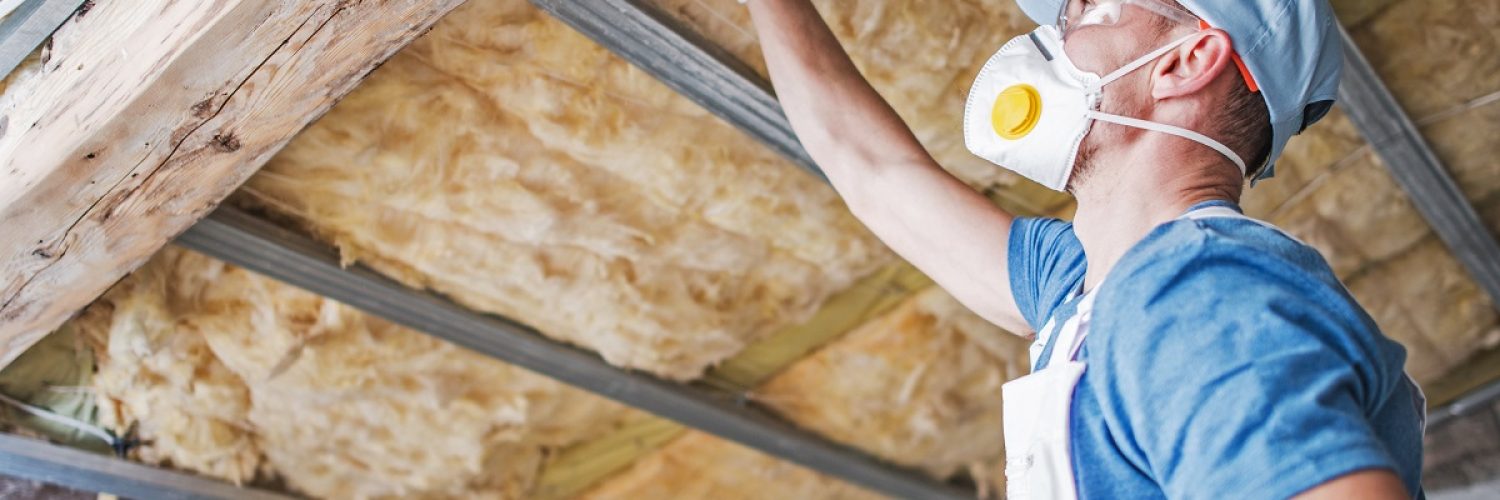Insulation is an integral part of any home, keeping us warm or cool when we need it to. But many homeowners often find trouble properly insulating their homes, especially older ones. This can leave drafts and openings that cause higher energy bills, especially over the summer and winter seasons.
This is why improving the insulation in your home is essential. Not only does it help you keep your home in comfortable temperatures, but it also keeps your energy bills low. And while effective home insulation may sound costly to install, the good news is that there are low-cost alternatives that can help you stop inside air from leaving your home and vice versa.
If you’re looking for a cost-effective way to keep your home temperatures comfortable without regularly adjusting your thermostat, here are a few ways you can do so.
Check Your House for Leaks
Before you can properly insulate your home, it’s crucial to find the places that need insulation, such as cracks, holes, and other openings that can serve as a passageway for hot or cold air to enter your home. Even if you don’t see any openings through which outside air could enter, check the edges of your windows, doors, and even electrical outlets.

You can properly check your home for drafts or leaks by following these steps:
- Light a candle and move around your home, holding the candle about two inches and positioning it at different places by your doors and windows. If you see the flame flicker at any point while doing this (and making sure that it’s not from your moving around) that is likely a sign of a draft.
- Place the back of your hand near the windows, doorframes, and electrical outlets and see if you can feel any breeze or hear any whistling sounds coming from any cracks.
- If it’s sunny outside, you can also try turning off all the lights in your home and drawing the curtains. Small cracks and holes will make themselves known if you see any sunlight coming through gaps in your doors.
Seal Your Doors
Once you’re done assessing your home for any openings that can cause leaks and drafts, it’s time to insulate. You can seal drafty doorways by installing weatherproofing strips and caulking to keep out any air from coming into your home. If you don’t have the proper materials, you can either make or buy a simple door snake to keep the gaps in your house temporarily sealed while you gather materials for a more permanent solution.
Install Wall Insulation
Wall insulation is not that difficult to do. However, you must choose the right materials and install your insulation properly to fully reap the benefits. There are different kinds of materials to choose from, depending on your budget and your needs.
-
Spray Foam
This type of insulation can help seal any gaps that you may have inside your walls by spraying liquid polyurethane into a wall cavity. It then expands and hardens, turning into a solid foam. Spray foam also comes in two different kinds: open-cell foam and closed-cell foam.
However, this can be a little messy if you’re not experienced. If you have the extra budget to spare, you can get in touch with businesses such as Lange Spray Foam that can help assess your current insulation situation and help with any removal or installation you need done.
-
Blow-in
Blow-in insulation is often made of rock wool, reclaimed cellulose, or fiberglass, which is applied using a machine that blows that material into the cavity or space that needs insulating. This is an effective option to have for your home as these materials can conform with space, even if you have anything blocking the way. You can do this for your own home by renting out an insulation blower.
-
Foam Boards
If you have unfinished walls, foam boards are a great way to insulate your home. The boards are usually made of polyurethane, polystyrene, and polyisocyanurate to reduce the amount of heat that gets into your home through wall studs or wood.
Insulate Your Windows

Similar to doors, you can also use weatherproofing strips or caulking to seal any cracks or openings. However, you can go an extra step further and insulate the glass itself, which is extremely useful during the winter months. There are a few ways to go about this such as:
-
Insulation Film
Window insulation kits effectively keep your temperatures at home comfortable by creating a barrier between your window and the inside of your home. These kits usually include a film that you attach to your window frame.
-
Thermal Curtains
If you aren’t a fan of sticking things onto your window, you might prefer using thermal curtains. While more expensive than regular ones, thermal curtains have a unique type of lining that allows them to keep the heat out during the summer and the air warm during the winter. In addition to this, they can also help reduce noise and block out light for days when you need to concentrate.
-
Bubble Wrap
While it’s not the most aesthetically pleasing option, bubble wrap is an inexpensive yet effective material to use for insulation. All you have to do is to spray the inside of your window with water and attach the bubble side of the wrap against your window. By doing so, you can keep the heat inside your home during colder months if you don’t have any thermal curtains or insulation film.
Improving your home’s insulation can be a lot of work. But depending on the insulation work you do on your home, you won’t have to replace it for a long time after. By upgrading your home’s insulation, not only will you live in more comfortable temperatures during the summer and winter months, but you’ll also get the satisfaction of saving money on your energy bills.

